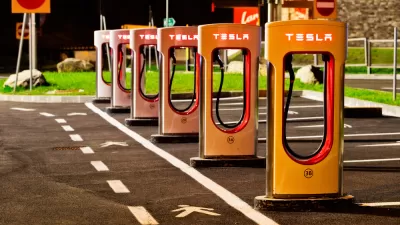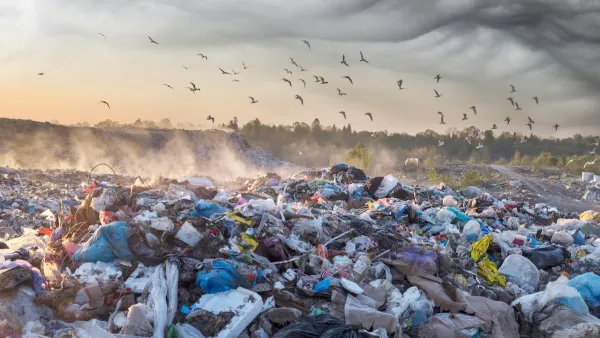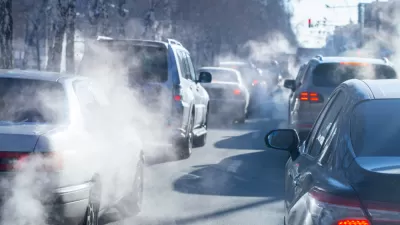The concept of biourbanism views cities as natural systems, but brings a data-driven approach to quantifying and mitigating the impacts of climate change.

To confront climate change, Australian designer Adrian McGregor calls for thinking about cities as part of, not in opposition to, nature. As Keira Wright explains in an interview with McGregor for Bloomberg, “With cities responsible for over 75% of greenhouse gas emissions, designing smart and sustainable cities is the single most pressing challenge in confronting climate change.”
McGregor sees cities as “spectacular living, dynamic systems that evolve with us” that should be classified as “novel nature” or a “human-modified biome” to understand how to increase cities’ resilience in the face of climate change. McGregor’s concept of ‘biourbanism’ “focuses on the urban organism, considering it as a hypercomplex system, according to its internal and external dynamics and their mutual interactions.” The concept includes an urban structure focused on “10 interconnected systems: citizens, economy, energy, infrastructure, mobility, technology, water, waste, landscape and food.”
Despite the focus on natural systems, McGregor also believes technology can play an important role in mitigating the impacts of climate change and helping reduce our carbon footprint. One example is ‘digital twins,’ “models that simulate a real city linked to real data that can enable governments to “undertake climate impact testing and also plan for resilience by prioritizing investment and infrastructure spending in the right places.” McGregor’s data- and tech-centric approach focuses on transparency and access to data as first steps in understanding and reducing energy use and decarbonization.
FULL STORY: Why Thinking of Cities as Nature Is Key to Fighting Climate Change

Planetizen Federal Action Tracker
A weekly monitor of how Trump’s orders and actions are impacting planners and planning in America.

Maui's Vacation Rental Debate Turns Ugly
Verbal attacks, misinformation campaigns and fistfights plague a high-stakes debate to convert thousands of vacation rentals into long-term housing.

San Francisco Suspends Traffic Calming Amidst Record Deaths
Citing “a challenging fiscal landscape,” the city will cease the program on the heels of 42 traffic deaths, including 24 pedestrians.

Defunct Pittsburgh Power Plant to Become Residential Tower
A decommissioned steam heat plant will be redeveloped into almost 100 affordable housing units.

Trump Prompts Restructuring of Transportation Research Board in “Unprecedented Overreach”
The TRB has eliminated more than half of its committees including those focused on climate, equity, and cities.

Amtrak Rolls Out New Orleans to Alabama “Mardi Gras” Train
The new service will operate morning and evening departures between Mobile and New Orleans.
Urban Design for Planners 1: Software Tools
This six-course series explores essential urban design concepts using open source software and equips planners with the tools they need to participate fully in the urban design process.
Planning for Universal Design
Learn the tools for implementing Universal Design in planning regulations.
Heyer Gruel & Associates PA
JM Goldson LLC
Custer County Colorado
City of Camden Redevelopment Agency
City of Astoria
Transportation Research & Education Center (TREC) at Portland State University
Jefferson Parish Government
Camden Redevelopment Agency
City of Claremont





























